Jason Ramirez is an award-winning Art Director at Viking/Penguin Books in New York City, where he crafts beautiful, engaging book jackets for a variety of fiction and non-fiction titles. A recent judge in our annual competition, we spoke to Jason about reading, his path into design, and how a lifetime of creativity and curiosity led him to where he is today.
I guess I assume this of all book designers—but were you always a reader?
No no.
Is the majority of the reading you do now for work?
Sadly yes! I will say that my intentions are always good—I have a stack of around 10 books on my nightstand; I start some of them, others I haven’t gotten to yet, but I think if I were an avid reader by nature it would be a lot easier. But at the end of the day, after reading for my job, sometimes I just want to turn on HBO Max and just totally veg out…
Hahaha, getting to the heart of it, right away!
Haha, you know one of the great things about doing what I do is, just by the nature of the work, I read so many different types of literature, and that’s interesting—there are subjects I probably wouldn’t have read about on my own.
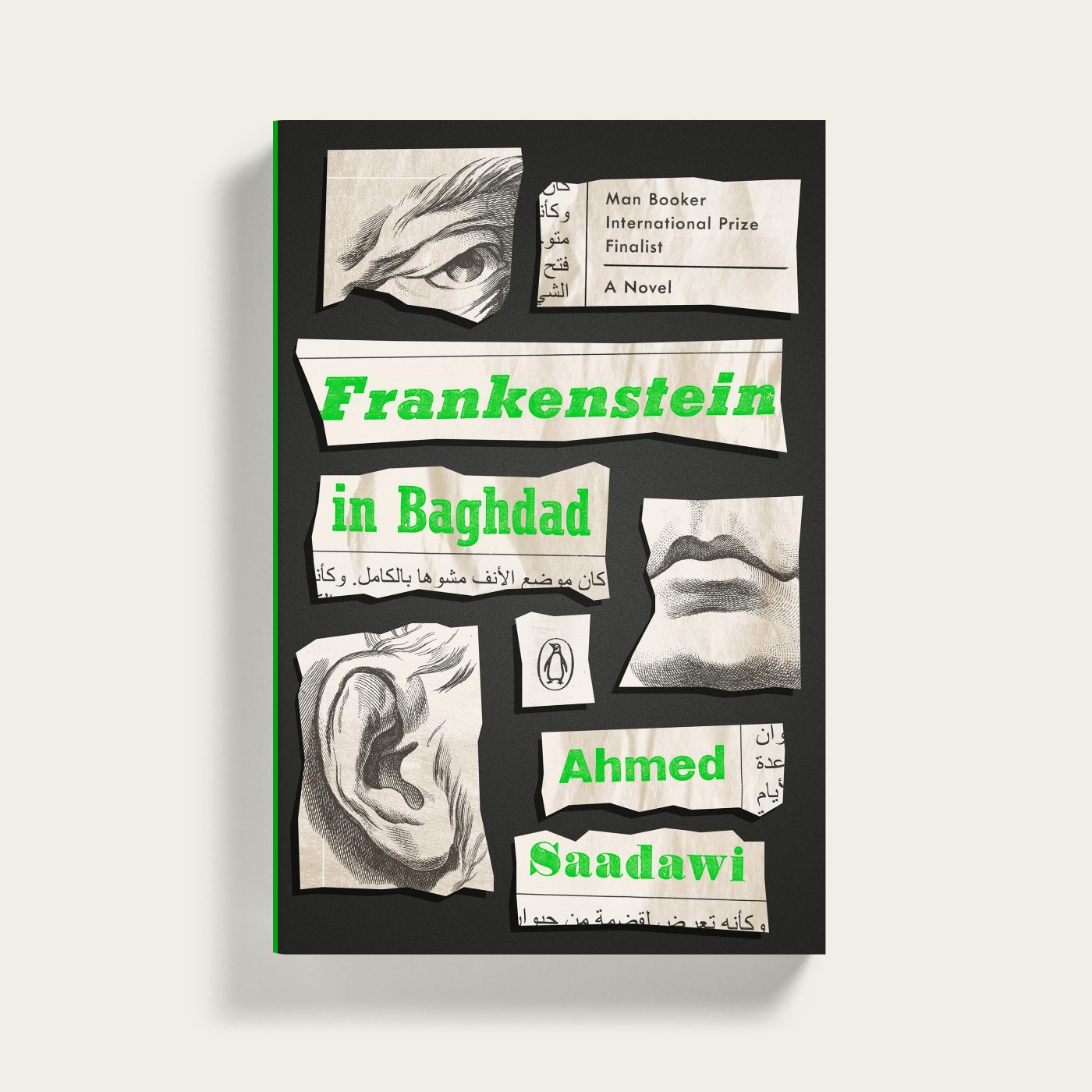
Design: Jason Ramirez
Published by Penguin Books, 2018
Another reason why I sometimes don’t get to the books stacked next to my bed is that I’m a political junkie and the past four years have been all-consuming for me. I would just saturate myself with whatever was going on, so I’d be reading until one or two in the morning. But it was often not the books next to my bed; it was Politico or Axios, or The New York Times or The Washington Post.
Sounds emotionally exhausting, and I mean your work demonstrates you have a pretty deep understanding of things. I asked that, not just because you’re a book designer, but because your concepts are so thoughtful—they seem to come from a really deep understanding of how to extract something from a book. And it made me wonder because then I read that you had been interested in studying medicine, but that you have a religious studies degree?! So I’m trying to figure out how your brain works with all of those, hahaha. Tell me about this Venn diagram of medicine, design, religious studies…what do those things have in common?
That’s a really good question, and I’d never thought about it that way…all I know is growing up I had kind of an equal interest in science and the act of creating—and I remember from an early age watching these crazy life science, medical programs on PBS, but also playing with my Legos or drawing…they both seemed to naturally coexist.
I’ve heard other people articulate this, and I’m slowly starting to realize that perhaps this was just kind of the space I inhabited as well…but no one ever told me that I could create and make it a job. When I was growing up I think there’d only been a couple other members of my family who had gone to college, both to study nursing. So my father, understanding that he was a child of immigrants, very much instilled in me the necessity of education and that idea of, I want you to have more opportunities than I did and the key is through education. And at the time, I equated this with, science equals success.
That’s kind of where my mind was, growing up and even in high school—you know, really good at math, really good at science, a really good student.
But I also spent my time on the yearbook staff, laying out pages. It was the advent of desktop publishing so you would typeset everything on a Mac, print the text, cut it out, paste it up, and then send the pages off to the yearbook manufacturer to photograph! Those two lives were peacefully coexisting, so I selected my university based on my idea that I was just going to continue with the sciences, but even in college, I found myself on the yearbook staff laying out pages. It wasn’t until I nearly flunked organic chemistry that I decided maybe I didn’t have the tenacity or the interest to continue.
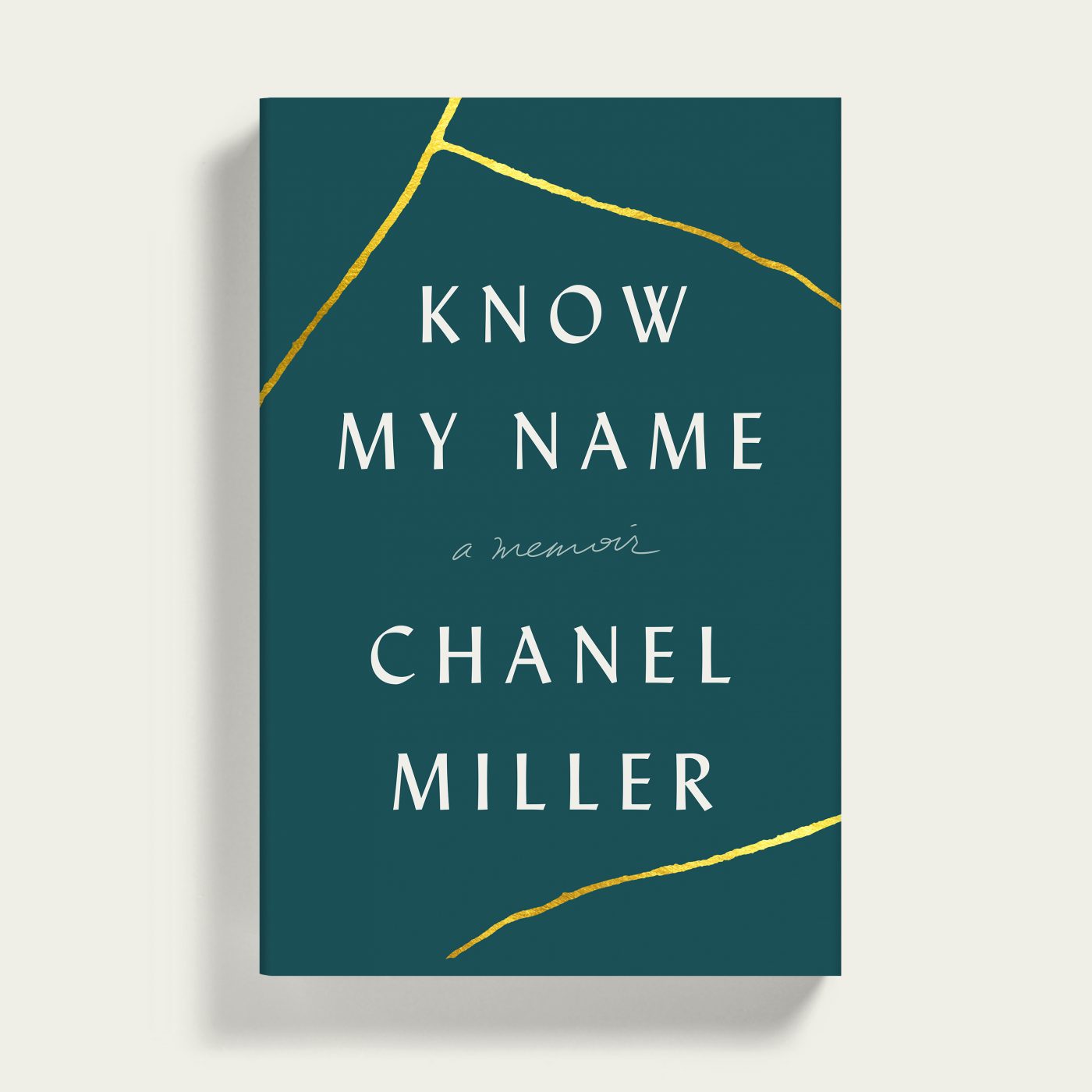
Design: Jason Ramirez and Nayon Cho
Published by Viking Books, 2019
And then religious studies…I don’t know how that happened to be quite honest!
This was the early to mid 90s. The school I attended had a renowned Comparative Religious Studies Program—they wouldn’t allow you to take more than three courses in any one tradition. And they offered some cool classes, like Buddhism. What is Buddhism? I don’t know who Buddha was, but that sounds great!
I was raised Catholic, but I’d stopped going to church for some time. And I was kind of—wrestling is the wrong word, but really thinking about my identity as a Catholic. And I thought, what better way to understand this part of me than to take a class on the history of American Catholicism? I then discovered that the program offered all these other interesting classes in Buddhism and Confucianism and Islam, and just kind of went from there. There was a curiosity that took over at that point. And I really wasn’t prepared for it, because I wasn’t necessarily a good writer, so it was a challenge. But it was interesting, it was unique…my father flipped out.
Because it didn’t seem like a lucrative path?
That and the fact that organic chemistry really brought down my GPA, yeah. But more so the lucrative path. Because at that point, my entire family had known what I wanted to be when I grew up, so it kind of threw him for a complete loop that I was no longer engaged in the sciences. But then when I told him I was pursuing religious studies, he was like, What?!
Did he think you were interested in the seminary?
A lot of people, when they hear you’re studying religion, they ask, are you going to be a priest? I’ve been asked that question so many times.
I wonder if studying religion moved your brain from the sciences, to having to think more critically? Because your job now requires quite a lot of critical thinking, to be able to extract those ideas.
It definitely did. Science and mathematics are a lot of rote memorization. You do have to problem solve to some extent, but it’s a different type of critical thinking.
What did you think you might do with that degree?
I had no idea. It was a great degree because I learned a lot and it took me abroad: I volunteered on an archeological dig one summer in Israel, I studied abroad a semester in Cairo. And those are experiences I never thought I would have. And I really dug archaeology—I could still see myself being an archaeologist. There’s a cultural aspect of it— it’s very anthropological. After graduating, I moved to San Francisco and I still didn’t know what I wanted to do. I just knew I was not going back to Kansas. At that point, I felt like Kansas wasn’t big enough for me. And so I went to work for a real estate company; a headhunter found me an administrative assistant role for a real estate investment company.
I worked for the VP of HR and the CFO. I don’t know what it was, but the VP of HR, she must have known that the traditional secretarial role was not going to be sustaining for me. So she put me on all sorts of special projects. And eventually, I found myself designing the company newsletter…it always comes back to the yearbooks! She found me these projects where I could design—whether it was designing the interface of a database, or redesigning boring corporate forms. And it was great! It allowed me to take classes in the evening, and the company paid for it.
In a weird way, that real estate company was very pivotal for where I am today. That was also at the advent of HTML. And I remember one quarter, I had just taken an HTML class, and I decided I was going to figure out how to put this paper newsletter online. And one morning I surprised everyone with an email that contained a link to the newsletter. I remember getting an email from the head of the IT department that he was really floored by what I had accomplished. I still didn’t know what I wanted to do at that point. I felt like there was more, I just didn’t know what it was.
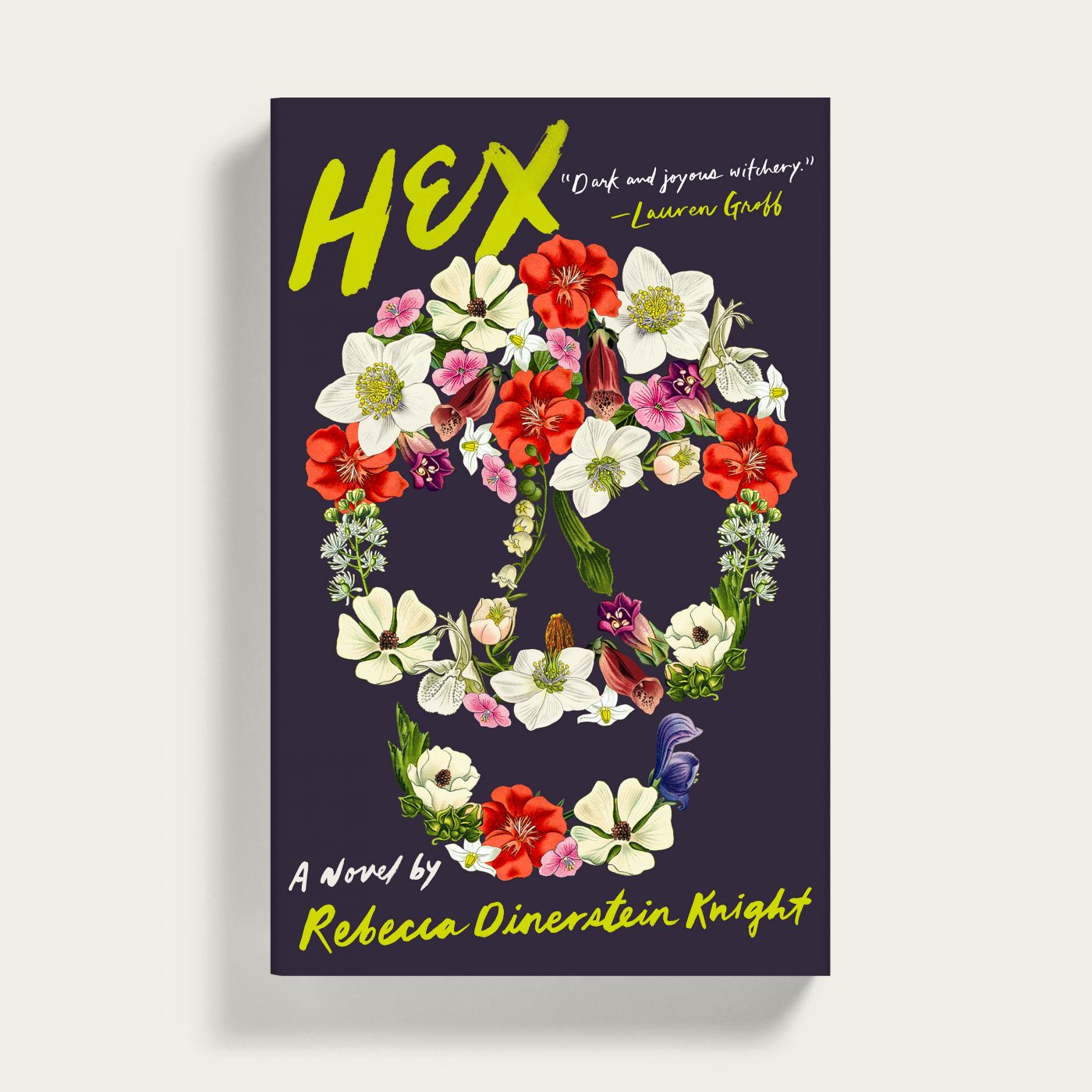
Design: Jason Ramirez
Hand Lettering: Grace Han
Published by Viking Books, 2020
So how long were you there?
One month shy of eight years. I spent the first four years in HR and corporate finance. And then the company went public. Instead of outsourcing every aspect of the marketing function, they wanted to develop an in-house marketing function. They promoted three people from within to create that department and I was one of them. So at that point, that gave me the opportunity to legitimately dabble in design, but also work with established designers and design firms. For instance, I put my rudimentary HTML knowledge to use to create HTML templates that we could use to send branded emails to our strategic partners. And working with outside designers on our annual report and other communication materials really opened my eyes to what Design can actually be.
It’s such a testament to having bosses who see the individual in the role and allow that individual to do their best work.
Yes, she was amazing. She was truly an advocate for me. She knew that, that if she weren’t, I might get bored and walk away.
Yeah. So, good manager.
Even though I’ve been working since I was 15, I’ve never worked for a company that invested in the individual as much as this company did.
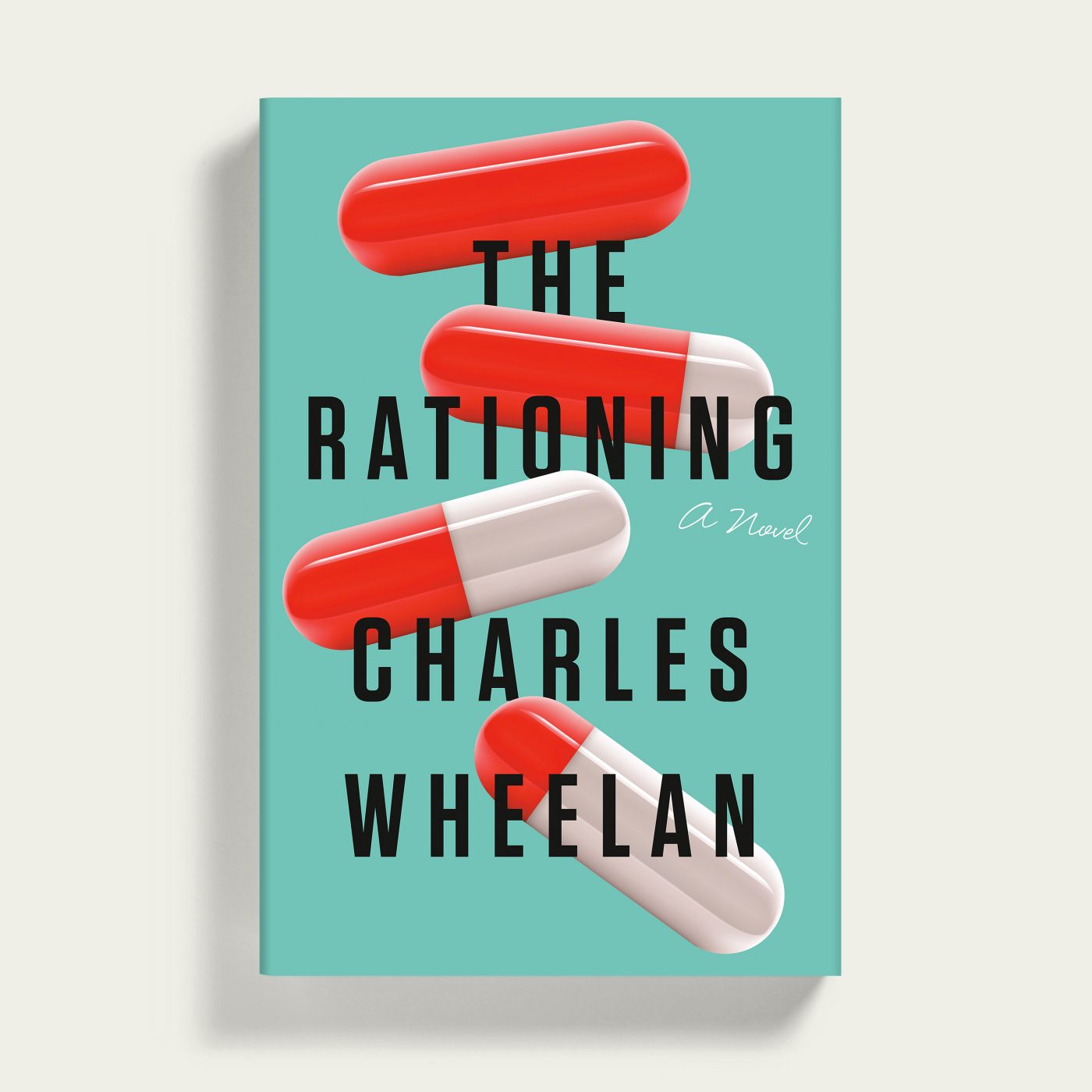
Design: Jason Ramirez
Art Director: Ingsu Liu
Published by W. W. Norton, 2019
I’m going to pivot to typography and where you’re at today, an art director at Viking Books. What aspect of working with type most excites you?
I think it’s one of the reasons why I like doing what I do! One of the things that intrigues me about type is how type very much has personality and can be emotive and elicit reaction. Most of the time, I feel like I can work with type, but there are definitely those days where I feel completely type-illiterate and I just don’t know what the right typeface is for a project. It can be a challenging medium. And I don’t profess to be a typographer who understands the nuanced history or the dynamics of typeface design, but it seems like it is exploding right now. There are so many great new ideas that are finding their way into typeface design.
When I was in school at Parsons, I remember reading an interview with John Gall, who was then the art director for Vintage Books—he said something to the extent of, that he only worked with a handful of typefaces, and they’re typefaces that most designers would know. In the interview he said that that’s kind of where typography can be a double edged sword: it can really enhance and it can really detract, and if you’re able to do a lot with a little, that makes you an even stronger typographer in many ways. I think it says a lot about a person as a designer and typographer, who’s able to do that, who’s able to create incredible book design.
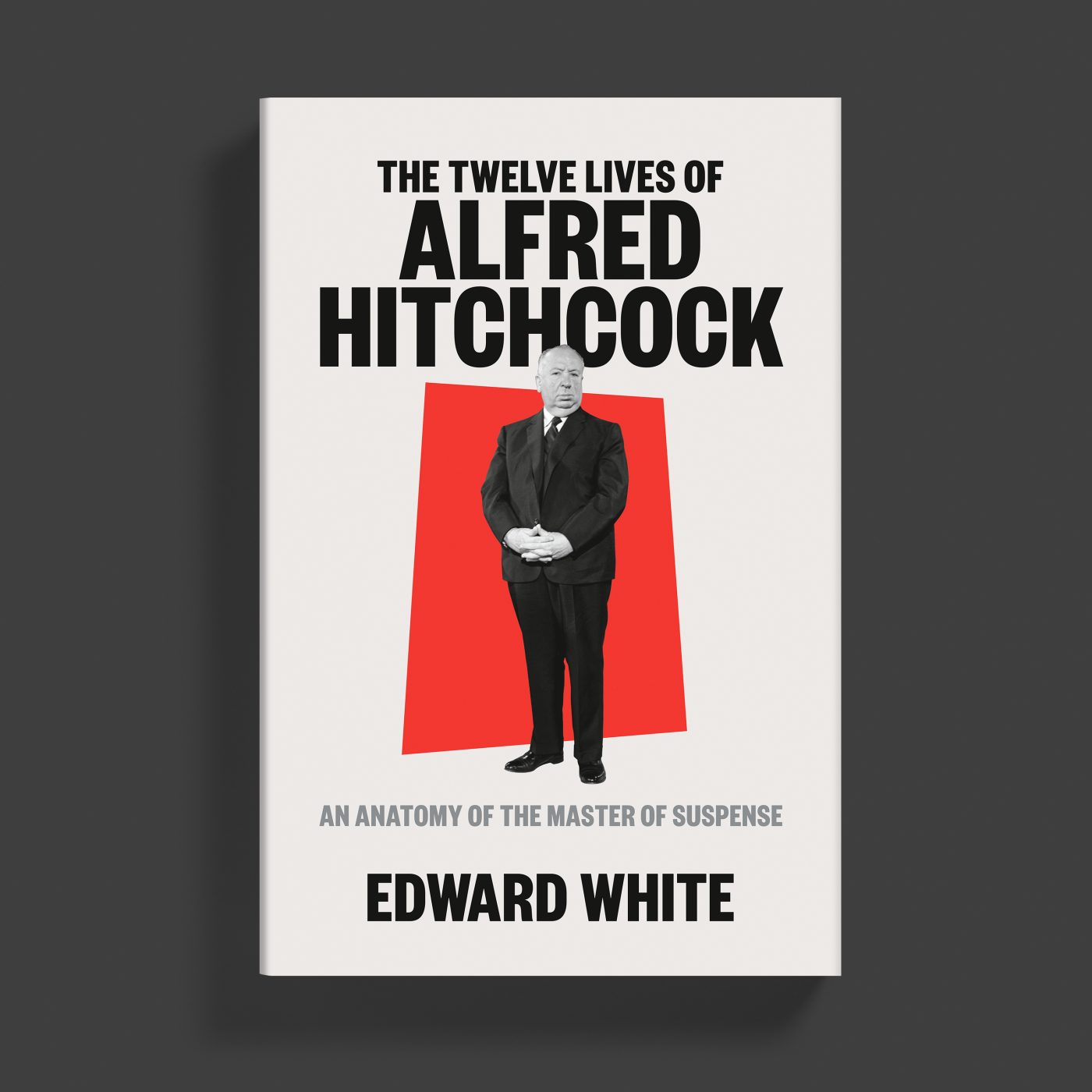
Design: Jason Ramirez
Art Director: Sarahmay Wilkinson
Published by W. W. Norton, 2021
I’m also fascinated by user interface design! We live in a very digital world and it’s such a significant part of one’s relationship to the world. It’s part of our existence, it will probably be a part of my existence until I die…I think it has more social significance than book covers in some ways.